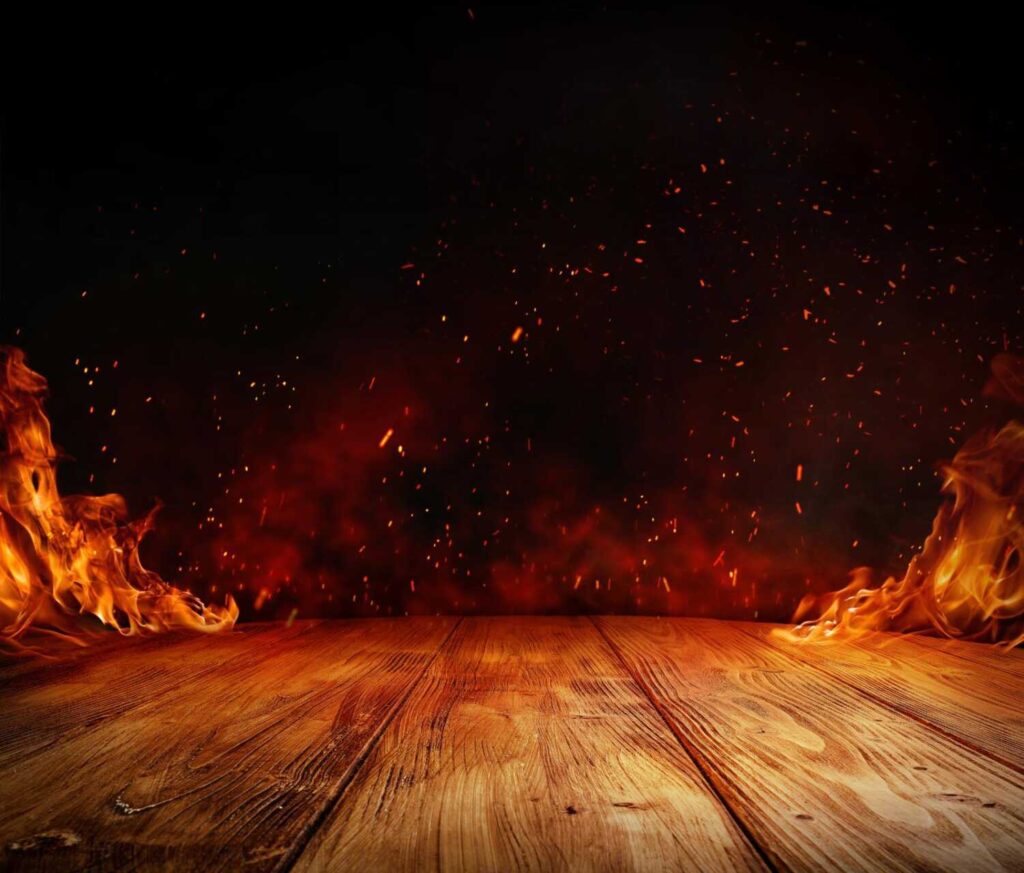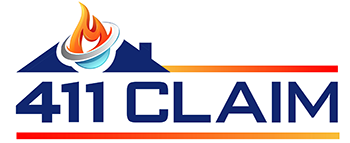
Contents
When faced with fire damage, your first priority should be safety. You need to wear protective gear and assess the area for hazards before proceeding. Documenting the damage is vital for insurance claims, and engaging professionals can guarantee thorough restoration. There are essential steps to follow for effective cleanup and prevention of further issues. Understanding these steps can make a significant difference in your recovery process. What comes next could change everything for you.
Key Takeaways
- Ensure safety by wearing protective gear and turning off utilities before beginning the cleanup process.
- Document damage thoroughly with photographs and detailed inventories for insurance claims.
- Engage professionals for effective fire damage restoration and thorough safety assessments.
- Begin water removal immediately to prevent further damage and mold growth.
- Clean and disinfect all affected areas using appropriate cleaning solutions to eliminate soot and odors.
Ensure Safety First
Before diving into the cleanup process, it’s crucial to guarantee your safety first. Start by evaluating the area for any hazards. Check for structural damage or unstable surfaces that could collapse.
Make sure you’re wearing protective gear, like gloves and masks, to shield yourself from soot and harmful particles.
Next, turn off utilities such as gas and electricity to prevent further risks. Familiarize yourself with fire safety protocols, as knowing how to respond in emergencies is key to your preparedness.
If you suspect lingering smoke or toxic fumes, ventilate the space before entering.
Always have a first aid kit on hand. If you encounter anything that seems beyond your control, don’t hesitate to step back.
Your safety’s paramount, and taking these precautions not only protects you but fosters a sense of community readiness.
Contact Professionals Immediately
When facing fire damage, it’s critical to contact professionals immediately for effective restoration.
Their expertise in fire recovery guarantees thorough safety assessments and adherence to proper protocols, minimizing further risks.
Acting quickly not only protects your property but also safeguards your health and well-being.
Expertise in Fire Restoration
Although you may be tempted to tackle fire damage cleanup on your own, engaging professionals is essential for effective restoration. Experts bring specialized knowledge and experience in fire restoration techniques, ensuring a thorough and efficient process.
They conduct a detailed smoke damage assessment, identifying hidden areas affected by soot and odor, which you might overlook. Professionals utilize advanced equipment and methods to mitigate damage, preventing further issues like mold growth.
Safety Assessment and Protocols
After engaging professionals for fire restoration, the next step involves a thorough safety assessment and adherence to established protocols.
It’s crucial to guarantee that your environment is secure before proceeding with any cleanup. This is where fire safety measures and emergency procedures come into play.
Consider the following points during your assessment:
- Check for structural damage to walls and ceilings.
- Guarantee electrical systems are safe and functional.
- Identify hazardous materials (like chemicals or asbestos).
- Confirm that smoke detectors and alarms are operational.
- Review evacuation routes and emergency exits.
Document the Damage
When documenting the damage from a fire, start by photographing all affected areas to capture the extent of destruction.
Next, create an inventory of damaged belongings, noting specific details like brand, age, and estimated value.
Maintaining detailed records of these damages will support your insurance claim and provide a clear overview of the loss.
Photograph Affected Areas
As you begin the fire damage cleanup process, documenting the affected areas with photographs is essential for both insurance claims and restoration efforts. High-quality image documentation serves as a visual record of the damage, aiding in the restoration photography process.
Follow these steps for effective documentation:
- Capture wide-angle shots of the entire area affected.
- Take close-ups of specific damage, such as charred materials or smoke stains.
- Include timestamps to track the progression of cleanup.
- Photograph any structural issues, like cracks or warping.
- Organize images systematically for easy reference during claims.
Inventory Damaged Belongings
Alongside photographing the damage, creating an inventory of your belongings that were affected by the fire is essential for the recovery process. This detailed list will support your insurance claims and help guarantee you don’t overlook any personal belongings. Start by categorizing items, noting their condition, and estimating their value.
Here’s a simple framework to get you started:
| Item Description | Condition | Estimated Value |
|---|---|---|
| Sofa | Damaged | $800 |
| Dining Table | Slightly Damaged | $500 |
| Television | Destroyed | $1,200 |
| Clothing (Boxed) | Damaged | $300 |
This organized approach streamlines communication with your insurer and aids in the recovery of your cherished items.
Maintain Detailed Records
To guarantee a smooth recovery process after fire damage, it’s crucial to maintain detailed records that document the extent of the destruction.
Effective record keeping will aid in your damage assessment and guarantee you have the necessary information for insurance claims and restoration efforts.
Here’s what you should include in your documentation:
Photographic Evidence: Capture images of all damaged areas and belongings.
Inventory Lists: Note down items that are damaged or destroyed, including their values.
Repair Estimates: Gather quotes from contractors for restoration and repair.
Correspondence Records: Keep copies of emails and letters with your insurance company.
Emergency Services Reports: Document any fire department findings or reports.
Begin Water Removal
Begin water removal immediately to prevent further damage and reduce the risk of mold growth.
Start by using moisture assessment tools to identify affected areas. This will help you pinpoint where water has pooled and guarantee thorough extraction.
Employ effective water extraction techniques such as pumps or wet vacuums for larger volumes, and use absorbent materials like towels for smaller spills.
Make sure to extract all visible water, as lingering moisture can lead to serious structural issues and health risks.
Once you’ve removed the bulk of the water, monitor humidity levels with hygrometers to guarantee the space is drying properly.
Consider employing dehumidifiers and fans to expedite the process.
Remove Debris and Salvage Items
After you’ve tackled water removal, it’s crucial to focus on removing debris and salvaging items to restore the affected area effectively.
Prioritize debris removal to create a safe environment for further cleanup. Carefully assess the damage, identifying what can be salvaged using proper salvage techniques. Make sure you wear protective gear and use appropriate tools to avoid injury.
Consider the following steps:
- Remove charred materials and ash.
- Sort through items to distinguish between salvageable and non-salvageable.
- Clean salvageable items to prevent further damage.
- Document valuable items for insurance claims.
- Dispose of hazardous materials responsibly.
Clean and Disinfect Affected Areas
Once you’ve cleared away debris, cleaning and disinfecting the affected areas becomes essential to eliminate lingering odors and prevent mold growth.
Start by gathering the right cleaning supplies: heavy-duty trash bags, sponges, buckets, and a mixture of hot water and a suitable detergent. For effective disinfecting techniques, use a solution of bleach diluted in water or a commercial disinfectant that specifically targets smoke residues.
Thoroughly scrub surfaces, including walls, floors, and countertops, ensuring you reach into crevices where soot may linger. Pay special attention to porous materials; they can trap odors.
After scrubbing, rinse with clean water to remove any detergent residue. For fabrics, consider steam cleaning or professional cleaning services.
Finally, allow the area to dry completely, as moisture can encourage mold growth.
Prevent Future Hazards
To prevent future hazards, it’s crucial to assess and fortify your fire safety measures. Start by implementing effective fire prevention strategies tailored to your environment.
Regularly inspect all fire safety equipment and verify everyone in your household or organization knows how to use it. Conduct hazard awareness training to keep everyone informed about potential risks.
Consider these key actions:
- Install smoke detectors in every room and test them monthly.
- Create and practice a fire escape plan with all occupants.
- Keep flammable materials stored safely away from heat sources.
- Schedule regular inspections of electrical systems and appliances.
- Educate everyone about the importance of fire safety and emergency protocols.
Final Thoughts
In the aftermath of fire damage, your swift actions can mean the difference between despair and recovery. While the destruction may feel overwhelming, each step you take—safeguarding your health, documenting losses, or engaging professionals—carries the potential for restoration and renewal. As you navigate this challenging journey, remember that the chaos of today can pave the way for a safer, more resilient tomorrow. By prioritizing safety and prevention, you transform tragedy into a foundation for hope and strength.
Recent Posts
Pricing Insights for Damage Restoration Services
When unexpected events disrupt your life, steering through the costs of damage restoration can feel
Budgeting for Blaze Cleanup: A Trusty Guide
Budgeting for blaze cleanup is like steering through a maze—complex and overwhelming but attainable with
Top Storm Damage Repair Techniques for Homeowners
When storms release their fury, the aftermath of storm damage can feel overwhelming, much like
